In the intricate world of golf, every detail matters, and the humble golf grip is no exception. Your choice of grip can significantly impact your performance on the course, influencing everything from club control to shot accuracy. In this blog post, we’ll delve into the various types of golf grips, how to choose the right one for your game, and when it might be time to consider a replacement.
Types of Golf Grips
Rubber Grips
Rubber grips are the most common type found on golf clubs. They offer a good balance of tackiness and durability, providing a secure hold without being overly sticky. Brands like Golf Pride are well – known for their rubber grips, such as the Tour Velvet model. Rubber grips are an excellent choice for golfers who spend a lot of time at the range, as they tend to maintain their texture well even after repeated use. However, in wet conditions, their performance may be slightly compromised.
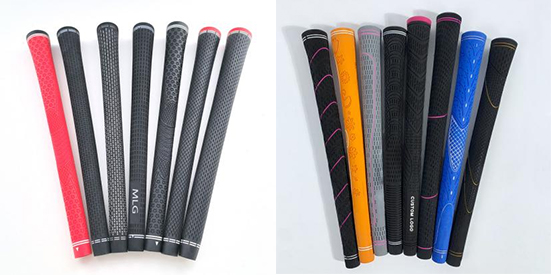
Cord Grips
Cord grips combine rubber with a cord – like material, typically cotton or a synthetic alternative. This design enhances traction, making them ideal for golfers who play in various weather conditions or those who prefer to play without a glove. The corded texture helps keep the club firmly in hand, reducing the risk of slippage during the swing. Examples of popular cord grips include the Golf Pride Tour Velvet Full Cord and the Lamkin UTX Solid Cord. These grips are favored by many professional players for the added control they offer.
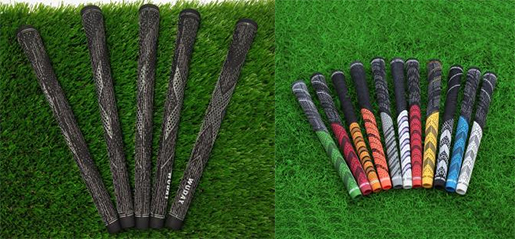
Synthetic Grips
Synthetic grips are made from a variety of man – made materials, such as polyurethane or silicone. They often provide excellent shock absorption, which can be beneficial for golfers with wrist or hand issues, like arthritis. Brands like SuperStroke and Winn are leaders in synthetic grip technology. The SuperStroke Cross Comfort and Winn Dri – Tac are top – rated synthetic grips that offer both durability and a comfortable feel. Synthetic grips also tend to be more resistant to wear and tear compared to traditional rubber grips.
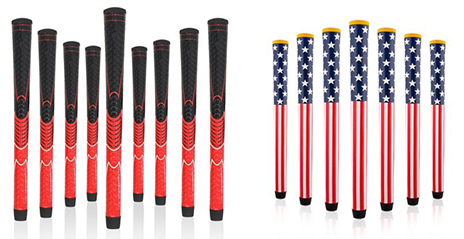
Leather Grips
Leather grips, although less common, offer a classic and luxurious feel. They are soft to the touch and conform well to the hand over time. However, leather grips require more maintenance as they can absorb moisture and may lose their grip in wet conditions. They are often preferred by golfers who value a traditional aesthetic and a more refined feel during the swing.
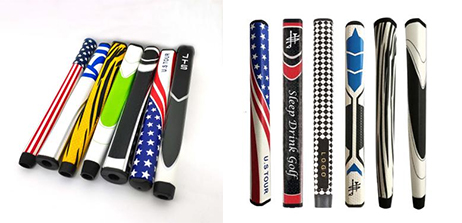
Choosing the Right Grip Size
The size of your golf grip is crucial for optimal performance. A grip that is too small can cause your hands to over – rotate during the swing, leading to inconsistent shots. On the other hand, a grip that is too large can restrict wrist movement and make it difficult to release the club properly.
To determine the right grip size for you, measure the distance from the tip of your middle finger to the base of your palm. Here are some general guidelines:
- 5 – 6.5 inches: Undersized grips are recommended.
- 5 – 7.5 inches: Standard – sized grips are likely to be a good fit.
- 5 – 9 inches: Midsize grips may be more suitable.
- 9+ inches: Jumbo grips are the way to go.
It’s important to note that these are just general guidelines, and personal preference also plays a role. Some golfers may find that they prefer a slightly larger or smaller grip size based on their swing style and comfort level.
Other Factors to Consider
Texture
The texture of the grip affects how it feels in your hand and how well you can hold the club. Grips with a rougher texture, like cord grips, offer more traction but may be less comfortable for some players. Smooth – textured grips, on the other hand, provide a softer feel but may not be as effective in wet conditions. Consider your playing environment and personal comfort when choosing a grip texture.
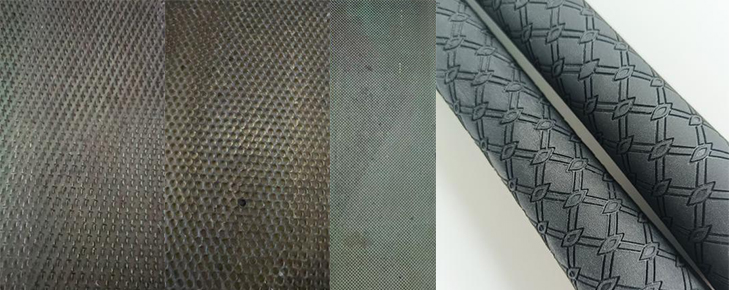
Weight
Grip weight can impact the overall balance of your club. Lighter grips may be preferred for golfers looking to increase clubhead speed, while heavier grips can provide more stability. Some manufacturers offer grips with adjustable weights, allowing you to fine – tune the balance of your clubs to suit your swing.
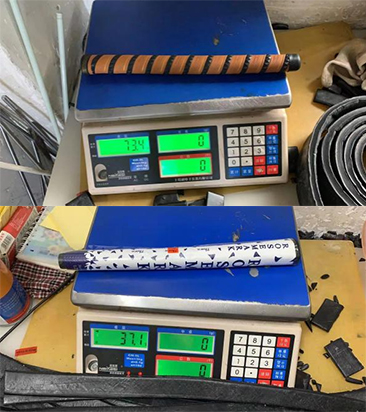
Alignment Aids
Some grips come with alignment aids, such as a raised ridge or a colored stripe. These can be helpful for golfers who struggle with consistent hand placement on the club. Alignment aids can assist in ensuring that your hands are in the correct position at address, leading to more consistent swings.
When to Change Your Grips
Over time, golf grips can wear out and lose their effectiveness. Here are some signs that it may be time to change your grips:
- Loss of Traction: If your grip feels slippery, even in dry conditions, it’s a clear indication that the grip’s texture has deteriorated.
- Visible Wear and Tear: Cracks, fraying, or excessive dirt on the grip are signs that it’s no longer in good condition.
- Change in Feel: If the grip no longer feels comfortable or if you notice a significant difference in the way the club feels in your hand, it may be time for a replacement.
As a general rule, it’s a good idea to change your grips at least once a year, especially if you play frequently. Regularly replacing your grips can help maintain your performance on the course and ensure that you have the best possible connection with your clubs.
In conclusion, choosing the right golf grip is a crucial aspect of optimizing your game. By considering factors such as grip type, size, texture, and weight, you can find a grip that suits your playing style and preferences. And don’t forget to keep an eye on the condition of your grips and replace them when necessary. With the right grip in hand, you’ll be well on your way to improving your scores and enjoying the game of golf even more.
